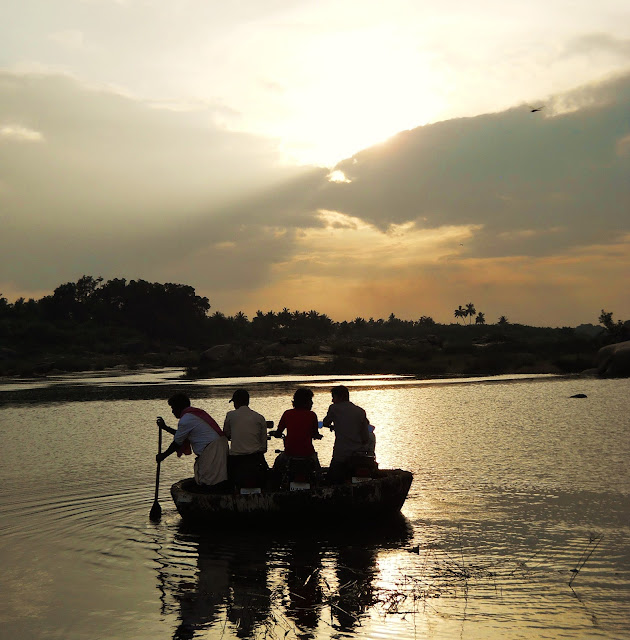A highly decorated prayer niche. Part of the large mosque next to the Qutb Minar in Mehrauli. This part of the complex dates from the early 13th century, and was constructed by Iltutmish, the second ruler of the Mamluk, or Slave, dynasty of the Delhi Sultanate. This panel displays a variety of different decorative motifs, including two varieties of Arabic calligraphy. The carvings on the row furthest to the right are in an early Arabic script called Kufic, which seems to have developed in the fourth century, well before the advent of Islam. The earliest surviving Korans were written in the Kufic script, and the system of writing was used by a number of groups of central Asian Muslims who were culturally similar to the Mamluks. The carvings on the next row over are fairly stylized representations of leaves and vines, while the third row consists of more Arabic carvings, in this instance in the much later Nashki script.
My blog posts on Delhi have largely focused on the more obscure, or at least less touristy, places in that vast city. Yet, sometimes, it's good to go back and visit the classic sites. I've already done a blog post on the Mehrauli Archaeological Park, and at some point I'm going to do a post on the interesting things to see in Mehrauli Village, which I visited a few months ago. That being the case, it seemed fitting that I should do a write up on what most people come to see when they travel to Mehrauli, namely, the Qutb Minar and the complex of early Sultanate buildings around it.


















